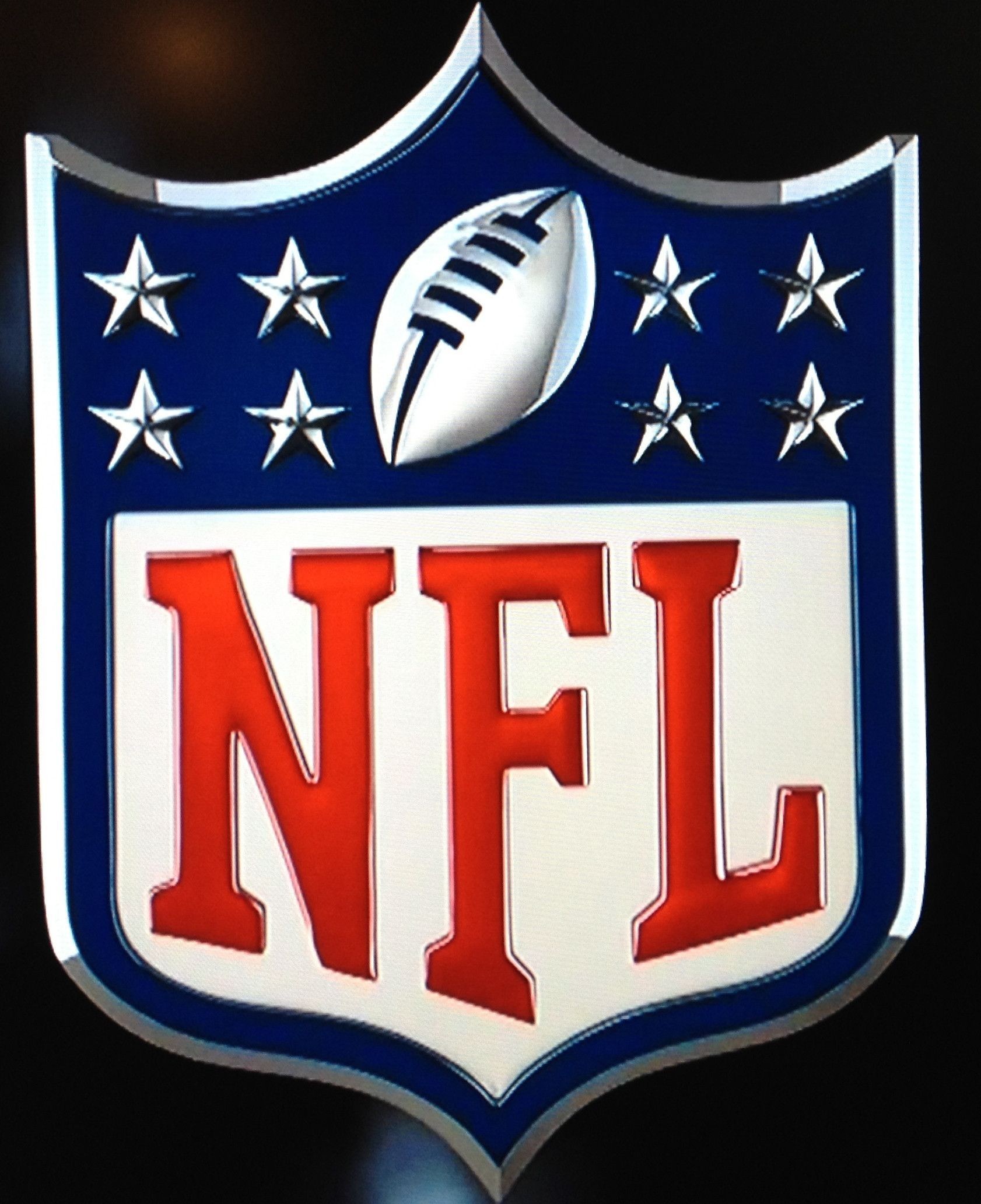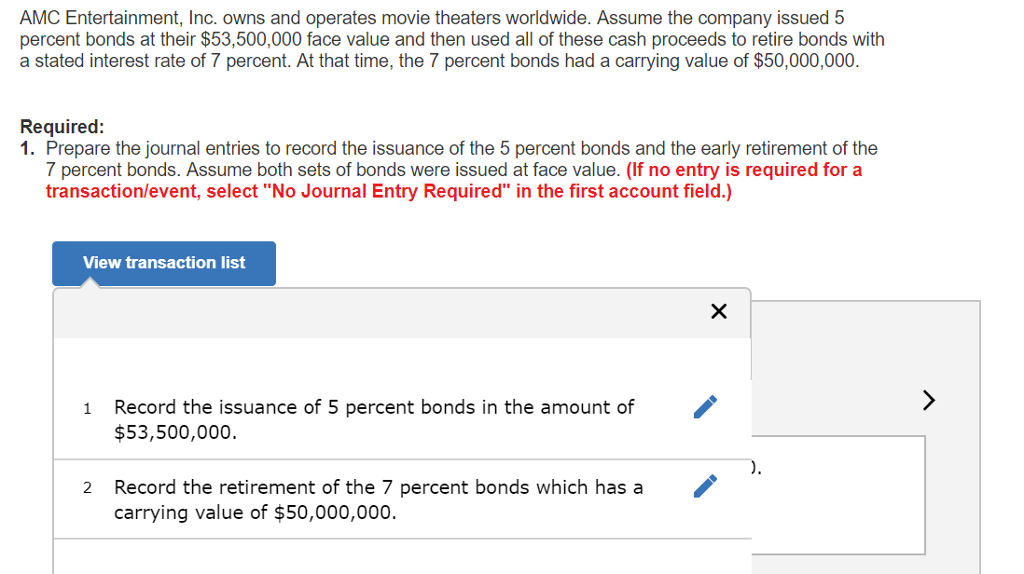Is the NFL an Entertainment Company? Structure, Industry Role, and Access Explained
Introduction: Understanding the NFL’s Industry Classification
The National Football League (NFL) is widely recognized as one of the most influential organizations in American sports. With massive viewership, international reach, and a multi-billion-dollar business model, questions often arise regarding its classification: Is the NFL an entertainment company, a sports league, or something more complex? This article explores the NFL’s legal, business, and industry structure, clarifies its relationship to the entertainment sector, and provides guidance on how consumers and businesses can access its offerings and opportunities.
Is the NFL an Entertainment Company?
At the core, the NFL operates as a trade association made up of 32 independently owned teams. Historically, the NFL was classified as a nonprofit 501(c)(6) organization-a legal status reserved for business leagues, chambers of commerce, and professional football leagues, not organized for profit [1] . However, this changed in 2015 when the NFL relinquished its tax-exempt status, making its earnings from television rights, licensing, and sponsorships taxable at the club level.
While the NFL is best known for organizing competitive football games, its revenue streams and business operations extend far beyond the sporting arena. The league generates substantial income from merchandising, broadcast rights, licensing, and sponsorship-activities that are hallmarks of entertainment companies [1] . Moreover, in various legal discussions, the NFL has been described as part of the entertainment industry , especially when it comes to collective marketing and licensing efforts [4] .
Some commentators and social media voices have also compared the NFL to entertainment products like WWE, noting that both are technically classified as entertainment under certain statutes and business filings [5] . However, there remains a distinction: while WWE openly scripts its outcomes, the NFL maintains its status as a competitive sport, subject to antitrust laws and independent team operations [2] .
Legal and Business Structure: Sports, Entertainment, or Both?
The question of whether the NFL is an entertainment company is not merely academic-it has real-world legal and financial implications. The Supreme Court has weighed in on related matters, holding that NFL teams are distinct economic actors that can conspire under antitrust law, meaning the league cannot operate as a single entity to fix outcomes or centralize control for the purposes of competition law [2] . This ruling reinforces the idea that, despite its entertainment aspects, the NFL remains subject to the same legal scrutiny as other competitive sports leagues.
Nevertheless, when collaborating on merchandising, licensing, and marketing, the NFL has argued that the teams act as a collective unit within the entertainment industry, seeking legal recognition as a single entity for business purposes [4] . This duality reflects the NFL’s hybrid nature as both a sports organization and a major entertainment brand.
Revenue Streams and Industry Impact
The NFL’s revenue is derived from three primary sources: merchandising (NFL Ventures), media and broadcast (NFL Enterprises, including NFL Network and NFL Sunday Ticket), and sponsorship agreements. These sources are consistent with the business models of leading entertainment companies, where intellectual property, brand partnerships, and content distribution play central roles [1] .
For example, the NFL’s contracts with broadcasters span billions of dollars and ensure that its games reach hundreds of millions of viewers worldwide. Merchandising agreements allow fans to purchase branded apparel and memorabilia, further blurring the line between sports and entertainment. These activities position the NFL as a powerful entertainment entity, even as it continues to be regulated as a sports league.
How to Access NFL Services and Opportunities
Individuals and businesses seeking to engage with the NFL have several pathways, each suited to different needs and interests. Below are actionable steps for fans, entrepreneurs, and partners:

Source: offtheball.com
For Fans
- Viewing Games : Fans can access live NFL games through major broadcasters such as CBS, FOX, NBC, ESPN, and the NFL Network. To stream games, visit the official NFL website and search for ‘NFL Game Pass’ or check your cable provider’s sports package options.
- Merchandise : Official NFL merchandise is available through the NFL Shop , a verified and accessible online store for apparel, collectibles, and memorabilia.
- Events and Experiences : The NFL offers live experiences such as the Super Bowl, NFL Draft, and fan festivals. Tickets are typically sold through authorized vendors (Ticketmaster and the official NFL events portal).
For Businesses and Entrepreneurs
- Licensing Partnerships : Companies interested in licensing NFL logos, trademarks, or content must apply through the NFL’s official business development channels. Begin by visiting the NFL corporate site and searching for ‘NFL Licensing Opportunities.’ Ensure you have the requisite credentials and business capacity before applying.
- Sponsorships and Advertising : Brands seeking sponsorship or advertising deals should contact the NFL’s partnerships department. Use official communication channels listed on the NFL’s website or reach out through LinkedIn to verified NFL marketing representatives.
- Media Rights : Broadcasters and digital platforms aiming to secure NFL media rights should initiate discussions with the NFL’s media department. Due to the complexity of these negotiations, companies may need legal counsel and a proven track record in sports media.
Alternative Pathways and Guidance
For individuals and organizations unable to connect directly with the NFL, consider these steps:

Source: n4g.com
- Attend industry conferences where NFL executives may present or network (such as the Sports Business Journal events).
- Consult with sports marketing agencies that have existing relationships with the NFL or its teams.
- Research local team opportunities, as some franchises offer community engagement programs and local partnerships.
For further information, always use official NFL channels or trusted business directories. Avoid third-party sites unless verified by the NFL or major sports industry bodies.
Challenges and Key Considerations
Engaging with the NFL as an entertainment company poses unique challenges. The league’s complex legal status means opportunities are highly regulated, competitive, and subject to change. Companies must be prepared for rigorous vetting, and fans should be cautious of unlicensed vendors or unofficial merchandise outlets. The NFL’s dual identity as both a sports and entertainment entity also means that legal precedents and business practices can shift rapidly in response to court rulings or market trends [4] .
Summary and Key Takeaways
In summary, the NFL operates at the intersection of sports and entertainment. Legally, it is structured as a trade association of independent teams, but its business activities and revenue streams align closely with those of entertainment companies. While not exclusively an entertainment company, the NFL’s vast influence in merchandising, broadcasting, and fan engagement gives it a unique role in the industry. For those seeking to access NFL services or business opportunities, the safest path is through official channels, verified vendors, and direct communication with league offices or team representatives.
References
- [1] Wikipedia (2023). National Football League: Organizational Structure and Revenue Sources.
- [2] YouTube (2023). Can the NFL legally RIG GAMES? Entertainment Industry?
- [4] Primerus (2023). The NFL Attempts to Convince the Supreme Court That its Teams are Not Competitors Except on the Playing Field.
- [5] TikTok (2023). Twitter (X) AI says that the NFL is listed as an entertainment product.
MORE FROM couponnic.com













